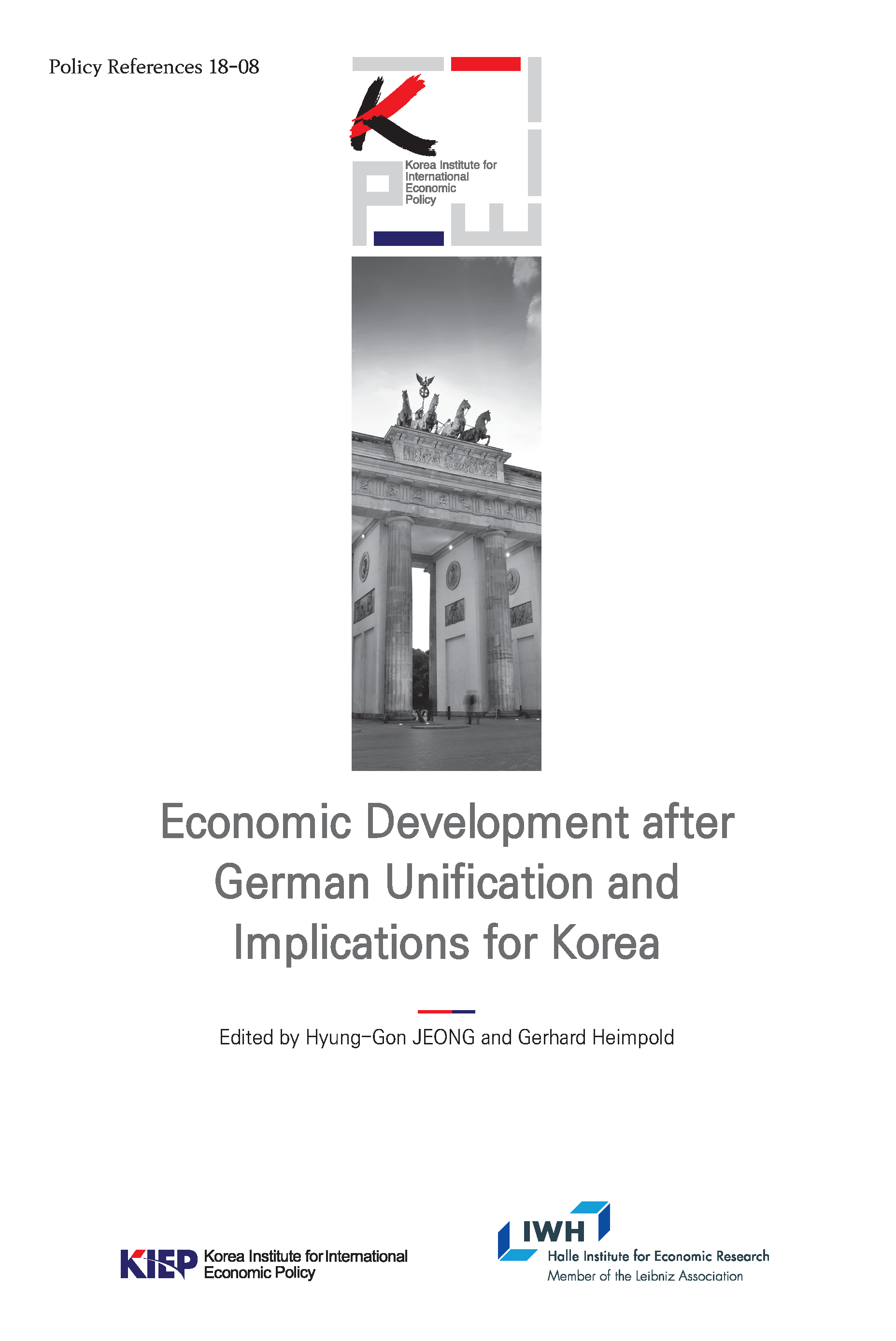
Decision Making by the Treuhandanstalt on Privatization, Restructuring, or Liquidation of Former State-owned Firms in East Germany
Subject to this paper is the decision making by Treuhandanstalt on privatization, restructuring, or liquidation of former state-owned firms in East Germany. To explain: the Treuhandanstalt was the agency at the Federal level tasked with the privatization of the former state-owned firms of the GDR. All former state-owned firms were assigned to the Treuhandanstalt in mid-1990. The notion of Treuhand firms (“Treuhandfirmen”) will be used to characterize this type of firms.





